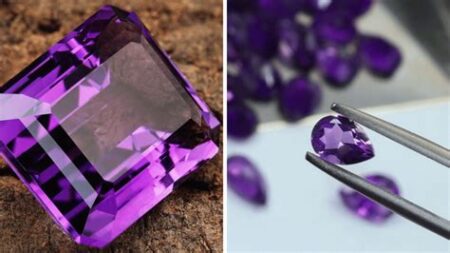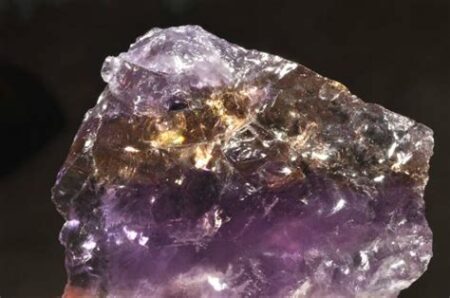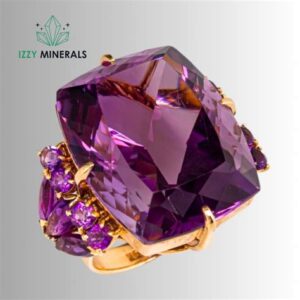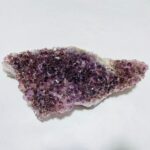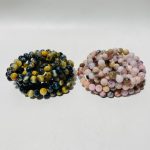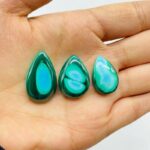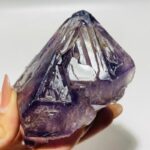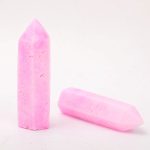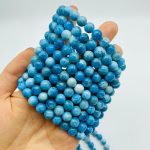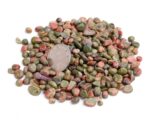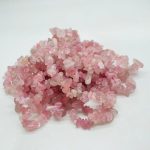Introduction
Sodalite, a captivating blue mineral, has captivated collectors and artisans alike for centuries. Its unique color and hardness make it a versatile material for various applications. This guide delves into the intricacies of sodalite hardness, exploring its implications for jewelry, carving, and other practical uses.
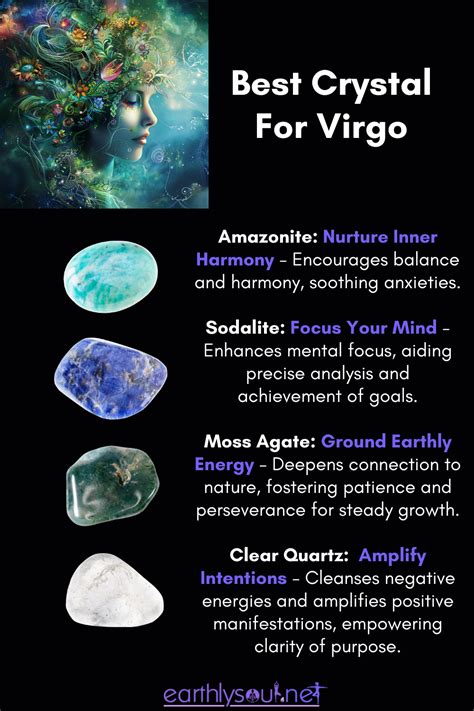
What is Hardness?
Hardness is a measure of a mineral’s resistance to abrasion or scratching. It is typically determined using the Mohs scale, a standardized system that assigns numerical values from 1 (talc) to 10 (diamond). Sodalite falls at 5.5-6 on the Mohs scale, indicating its moderate hardness.
Implications for Jewelry
The hardness of sodalite is crucial for jewelry making.
Durability and Longevity
Sodalite’s moderate hardness makes it suitable for everyday wear. It can withstand minor scratches and abrasions, ensuring its longevity as a cherished piece.
Cutting and Polishing
Sodalite’s hardness allows it to be cut and polished into intricate designs. Its smooth surface enhances its aesthetic appeal and makes it comfortable to wear.
Resistance to Tarnishing
Sodalite’s hardness also contributes to its resistance to tarnishing. It does not easily react with moisture or air, maintaining its vibrant blue color over time.
Applications in Carving
Sodalite’s hardness and its distinctive color make it a sought-after material for carving.
Sculptural Art
Sodalite’s durability allows it to be carved into intricate sculptures. Its vibrant blue hue adds a captivating aesthetic element to any setting.
Ornamental Objects
Small sodalite carvings are popular as ornamental objects. They can enhance the décor of homes, offices, or other spaces.
Figurines and Amulets
Sodalite’s hardness enables it to be fashioned into figurines and amulets. These objects can have spiritual or symbolic significance.
Other Practical Applications
Building Materials
Sodalite’s hardness and resistance to wear make it a suitable material for flooring, countertops, and other building applications.
Industrial Abrasives
Sodalite can be crushed and used as an industrial abrasive. Its moderate hardness makes it effective for polishing and cleaning various surfaces.
Medical Applications
Sodalite has been studied for potential medical applications. Its chemical composition suggests it may have antibacterial or antioxidant properties.
Conclusion
Sodalite hardness is a defining characteristic that influences its versatility and practical applications. Its moderate hardness makes it durable for jewelry, enabling intricate carvings, and opening up various possibilities in building materials, industrial abrasives, and even medical applications. Understanding sodalite hardness empowers us to harness its unique properties and create innovative new applications.
FAQs
Q: Is sodalite hard enough to be used in jewelry?
A: Yes, sodalite’s hardness (5.5-6 on the Mohs scale) makes it suitable for everyday wear in jewelry.
Q: Can sodalite be carved into intricate sculptures?
A: Yes, sodalite’s hardness allows it to be carved into complex and detailed sculptures.
Q: Is sodalite a good material for building applications?
A: Yes, sodalite’s hardness and resistance to wear make it a viable material for flooring, countertops, and other building purposes.
Q: Does sodalite have any medical benefits?
A: Sodalite has been investigated for potential antibacterial and antioxidant properties, but further research is needed to confirm its specific medical applications.
Tables Showing Sodalite Hardness:
| Property | Value |
|---|---|
| Mohs Hardness | 5.5-6 |
| Vickers Hardness | 750-1000 HV |
| Knoop Hardness | 500-700 HK |
| Brinell Hardness | 600-800 HB |
Keywords
- Sodalite hardness
- Jewelry
- Carving
- Building materials
- Industrial abrasives
- Medical applications

